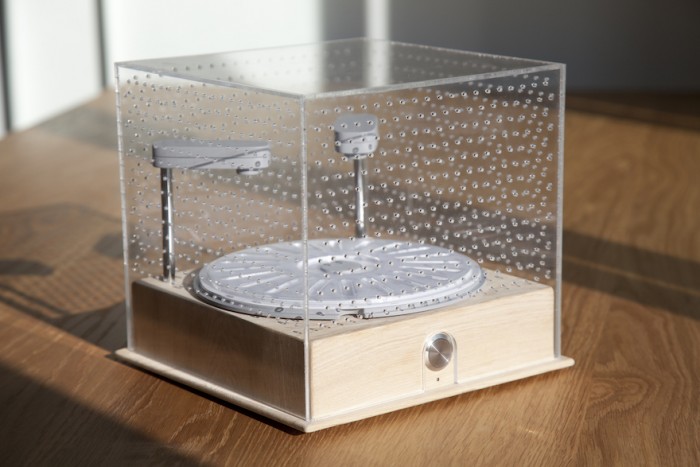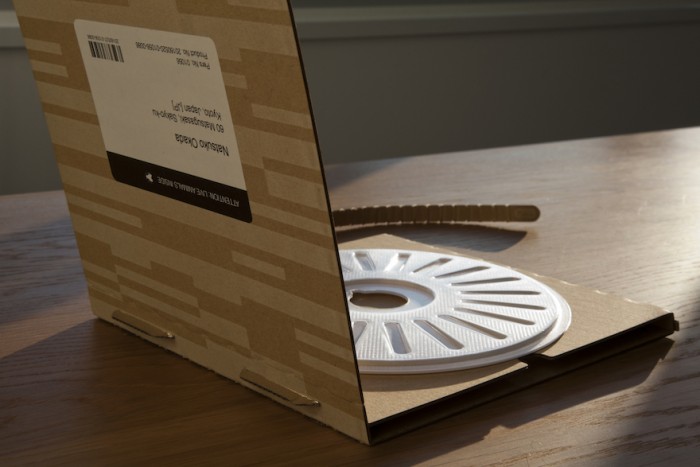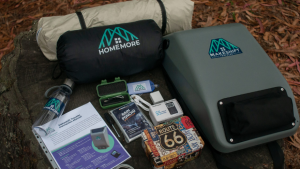Treatments for rare diseases are usually low on priority lists because of the low number of people afflicted in comparison to more prevalent illnesses. This means that people who suffer from rare conditions often face a shortage of knowledgeable doctors, local support groups, a community that understands their condition and fewer funds set aside to work on treatments. Research into these conditions is largely dependent on business interests. But what if we could place the research into the hands of the people affected? Speculative designer Frank Kolkman’s latest project, Design For Flies explores this concept as a new approach for pharmaceutical research into rare illnesses.

Known for concepts like the DIY-surgical robot, Kolkman challenges the ever-rising cost of healthcare. He looks outside the scope of healthcare regulations to find ways that could plausibly provide an accessible alternative to costly professional healthcare services worldwide. With Design For Flies, Kolkman drew on research conducted by Professor Masamitsu Yamaguchi of Kyoto Institute of Technology and Charcot-Marie-Tooth (CMT) in Japan.
Charcot-Marie-Tooth (CMT) is a rare, hereditary, neurodegenerative condition affecting roughly 2.6 million people in the world and for which there is no cure. The condition is characterised by symptoms like the sensory loss in the hands and feet and difficulty walking.
To examine the way the disease works, researchers have turned to the fruit fly. Because fruit flies have the same genes that can cause CMT in a human, they can be used as a model to examine the disease's mechanisms. Yamaguchi’s system measures the motor performance of an afflicted fly in what’s called a climbing experiment. The tube containing the altered flies is shaken. The way the flies respond is then compared to the movement of wild flies. If the transgenic (altered) flies display reduced motor ability this means the particular gene mutations can possibly be associated with CMT.
Essentially, this method identifies the causal genes of the condition in fruit flies. Kolkman’s project proposes that fruit flies and the climbing method also be used as a disease model for the blind testing of drug compounds using the Design For Flies device.
“After feeding the transgenic fruit flies - adapted to exhibit the characteristics of the disease - with random chemical compounds mixed into their food, the device screens their behaviour to discern any therapeutic effects,” he says. “This process can be used to identify chemical compounds that could potentially lead to the development of a medicine eventually.”
This toolkit and service model would allow patients to conduct the pharmacological research themselves and thereby be instrumental in finding potential cures.
“Using fruit flies as ‘guinea pigs’, large-scale drug screening experiments could be performed that are specifically adapted to the personal characteristics of the patient and their condition,” adds Kolkman.
The system would also provide a viable business model for the pharmaceutical industry while restoring the patient's sense of value and give them a degree of control over their treatment and progress.

Although currently focussed on CMT, Kolkman believes this process may be applicable to many different conditions. The design won the 2016 Dutch Design Awards’ Service and Systems category.
Read more:
Do insects like the way we taste?
Gourmet Grubb makes the world's first insect-derived alternative
Could this convenient bug harvesting design make insect-based designs popular?






